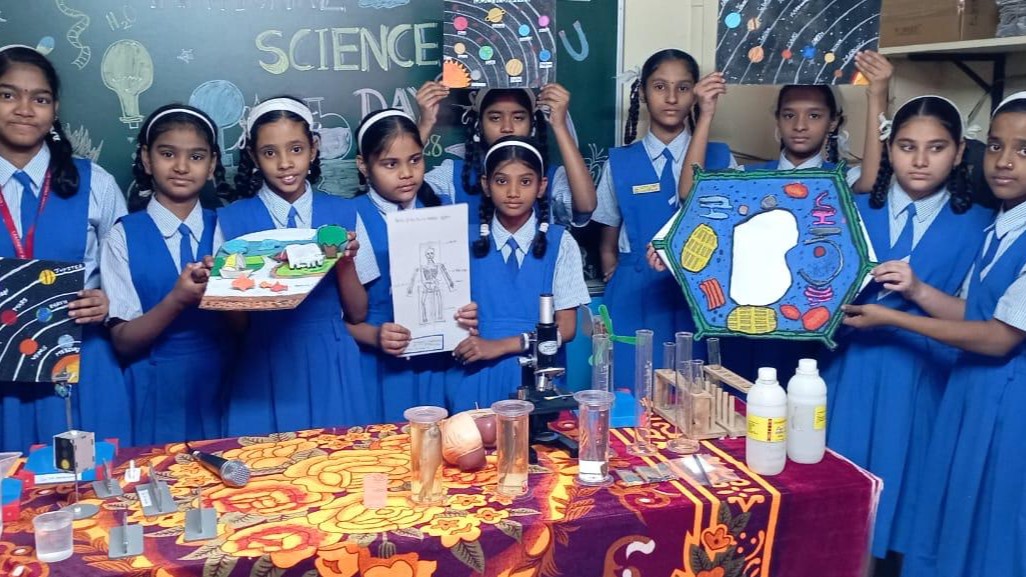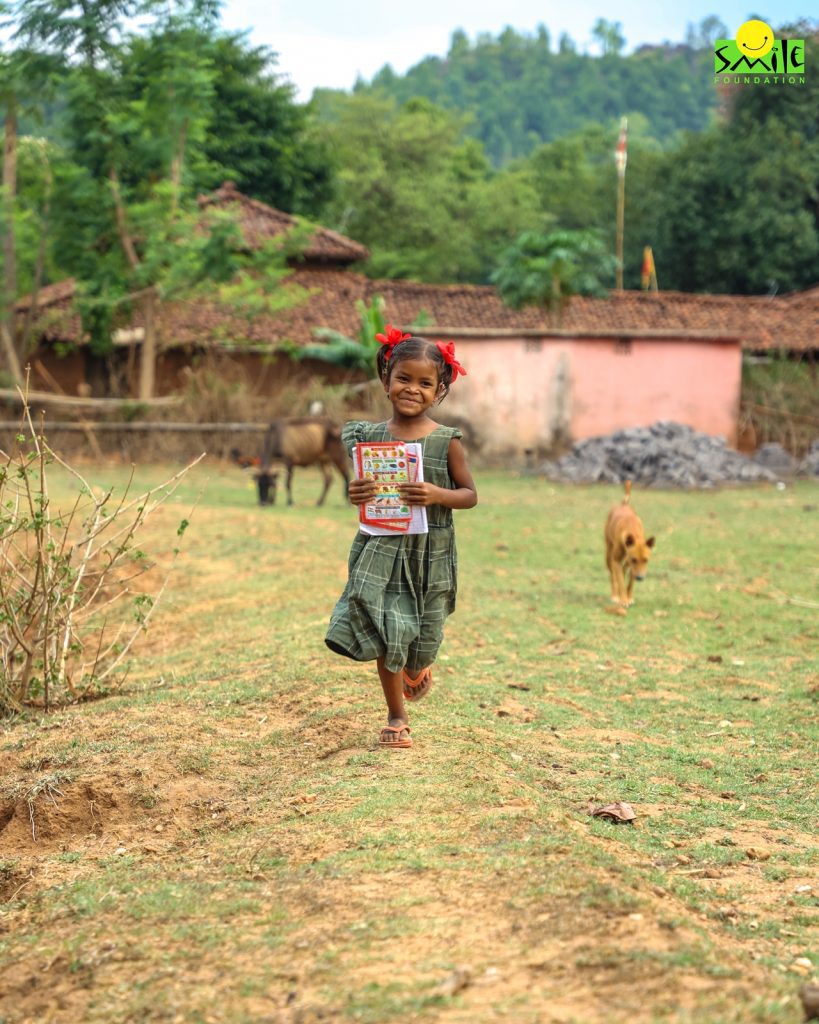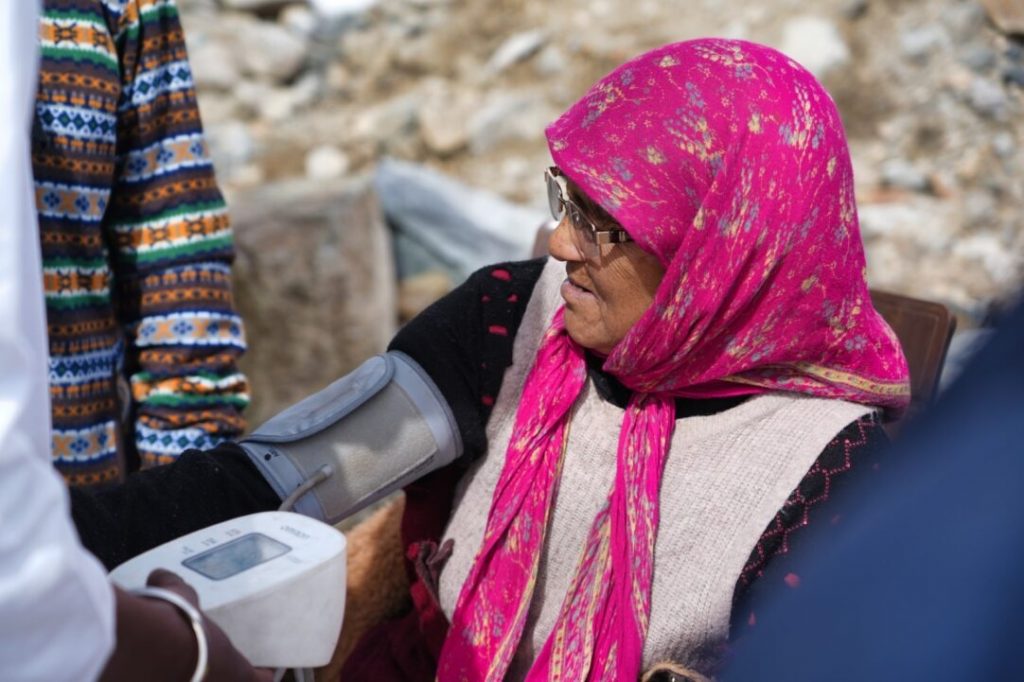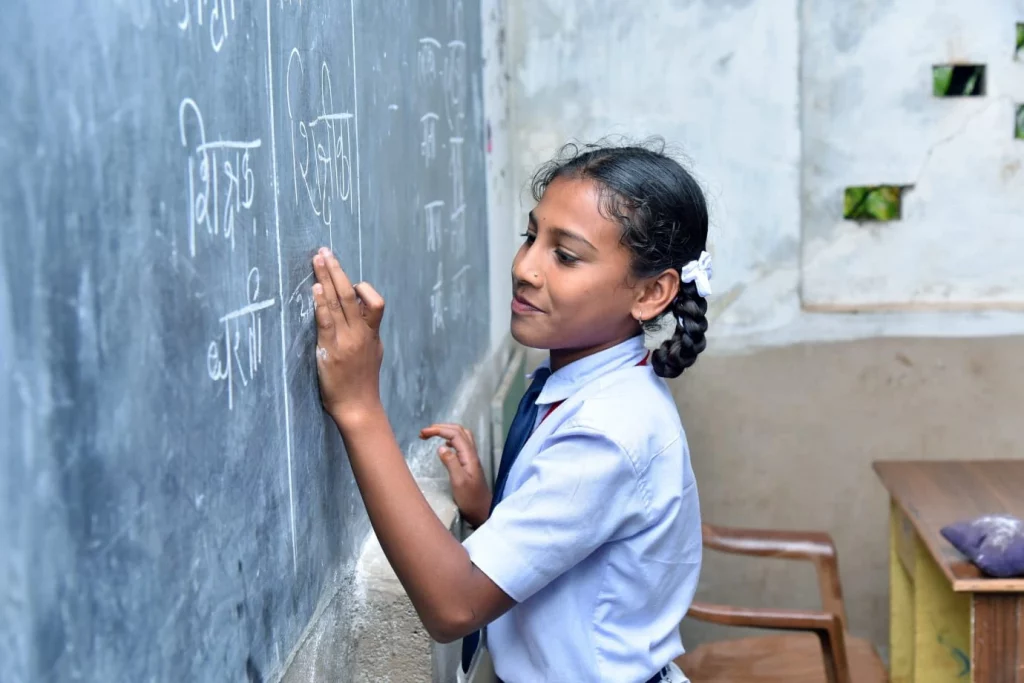STEM Education has evolved into the foremost academic framework, essential for preparing our children for the future. As we strive to propel India towards becoming a 5 Trillion economy, we must assess the inclusivity of STEM education.
We must ensure that every child of India, even in the rural and remote areas, has access to STEM.
STEM Education- The New Wave
For one’s better understanding, STEM means Science, Technology, Engineering, and Mathematics. This approach aims to empower students to think critically, ask questions and conduct hands-on experiments for answers.
STEM education in India offers a diverse array of benefits crucial for shaping a robust educational landscape. It integrates hands-on learning and real-world applications, promoting equality and fostering critical thinking among students.
By encouraging creativity and independent exploration, STEM prepares learners for future careers in emerging technologies and enhances scientific literacy. Moreover, it cultivates collaboration and resilience through teamwork, essential for addressing complex challenges. It not only builds essential skills across disciplines, but also enriches educational experiences. This lays a strong foundation for innovation and sustainable development in the country’s educational framework.
India’s Rural Education aligned with STEM?
In 2020, the Indian government initiated the National Education Policy (NEP 2020) to ensure that young learners learn quality education enhancing their cognitive skills. Through the NEP 2020, the Government aims to achieve universal schooling, facilitating approximately 20 million students’ return to educational institutions. The policy introduces a developmental 5+3+3+4 structure to replace the traditional 10+2 format. This focuses on crucial learning stages from early childhood to adolescence.
Key initiatives include a National Curricular Framework for Early Childhood Education, a National Mission on Foundational Literacy and Numeracy, and the establishment of the Academic Bank of Credit. It also emphasises holistic education reforms, including multidisciplinary Education and research Universities and mandatory four-year B.Ed. degrees by 2030. These changes aim to prepare students for future challenges, including pandemics, through enhanced online education initiatives.
But the real question that arises is- To achieve such goals with the NEP policy and STEM education, has the Indian government facilitated mechanisms that bring the rural children of India under the umbrella of STEM education?
STEM Education in Rural India?
There is no doubt that India’s educational system has come a long way. Schemes like Beti Bachao, Beti Padhao and scholarships, have made education accessible for rural children in India. But, needless to say, a long way still lies ahead to make education holistic in rural India.
With the introduction of the NEP policy 2020 and STEM education, a silver lining for the future of underserved children in rural and urban poor India seems to have arisen. The current issues such as lack of proper educational infrastructure and facilities, shortage of quality teachers and dropping out of school are the foremost challenges that need to be dealt with.
But, by restructuring the educational environment as per the STEM educational approach, it can be hoped that Indian education would become holistically developed for the underprivileged children of India.
How?
To begin with, India must invest in setting up a Digital Public Infrastructure (DPI) at the rural level to allow its rural students to get access to STEM education.
Through a comprehensive and efficient DPI system there can be a few Kickstarter benefits in the rural STEM education journey in India-
- Teachers must be trained to impart STEM subjects to rural students. By introducing teaching techniques that are creative and interesting these teachers would be able to intrigue the students to attend schools and learn inquisitively, thereby overcoming the challenges of dropping out from their educational journey.
- As much as access to online learning should be focused on, the introduction of creating mobile STEM labs shall also help underserved students in the nooks and corners of the country be acquainted and trained with STEM knowledge.
- Offering free technical books in regional language can benefit students as it will make it easier for them to understand the concepts better, keep their interest high. Most importantly, by being free it would not be an additional burden on their families already struggling with the means to support their children’s education. This would especially help the girl child in India to complete her education easily. Due to financial constraints, it is the girl child who has to sacrifice her education, so that her brothers complete their education and become the breadwinner of their families.
STEM Outreach Programmes via NGOs in India
- Smile Foundation
To equip schools with STEM, Smile Foundation in association with several corporates, educational institutions and NGO organisations has initiated activity-based learning aligned with STEM learning. The aim is to build scientific temperament from an early age in marginalised children so that they can embrace this new learning methodology throughout their educational journey.
By providing
- learning material
- establishing STEM labs at 12 locations including DIY activity kits for activity-based learning
- and establishing digital classrooms
Smile Foundation is working towards giving the underserved children the support they need. The support to be at par with the mainstream educational environment. Furthermore, a lot of attention is given to training teachers for them to impart STEM knowledge to the students effectively.
Regular stimulating training sessions with over 400 teachers and principals are conducted to upskill their teaching skills. Smile Foundation’s focus is to enable teachers with
- inquiry-based and activity-based teaching methods
- classroom management
- child pedagogy
- and multi-level child-centric teaching
so that a healthy and experiential learning environment is established in the classrooms that keeps the students interested in learning.
2. India STEM Foundation
India STEM Foundation advances STEM education across India by organising robotics competitions, workshops, and mentorship programs. These initiatives inspire children nationwide to develop critical skills in STWM subjects. This fosters a culture of innovation and problem-solving from a young age.
3. CRY (Child Rights and You)
CRY (Child Rights and You) empowers marginalised children in India with STEM education through scholarships, and advocacy for quality education. By promoting access to STEM learning opportunities, CRY ensures children can explore and excel in STEM subjects.
STEM for Every Child
Smile Foundation truly believes that by empowering the underserved children of India with the power of STEM education, we are unleashing the ocean of talent that can boost national welfare to greater horizons. Therefore, our efforts towards providing inclusive STEM education at every remote and nook corner of the country have intensified. We aim to achieve a holistic educational experience for the children of marginalised communities.
Through our programme Mission Education, we are closely working on the grassroots level to ensure that-
- Government’s Educational Initiatives are supported to have a magnified impact. By working with government bodies to integrate STEM education into school curriculums and policies in rural parts of the nation, we are aiming to achieve equitable access to quality education across the country.
- As a strong advocate of making technology accessible for all, Smile Foundation has and shall continue to support infrastructure and resources for STEM labs, computers and internet connectivity in rural schools to facilitate hands-on learning experiences.
- With regular and on-point training for teachers in STEM pedagogy and methodologies, Smile Foundation is continuing to equip the teachers with the necessary skills to ensure that rural children in India are given quality STEM education effectively.
- To stay connected with the grass-level communities to be able to engage parents, and local leaders to raise awareness about the importance of STEM education and encourage support for STEM initiatives.
How is Smile invested in STEM Education?
Quality STEM education is crucial for the future of Indian educational system. Therefore, our community must unite in ensuring that every child benefits from it. To achieve this goal, Smile Foundation advocates for collaborative efforts with like-minded individuals, corporate partners and academia. These partnerships aim to innovate and scale STEM education initiatives, leveraging resources and expertise.
At Smile Foundation, we firmly believe that together, we can revolutionise education in India. Our goal is to provide every child—regardless of socio-economic background or physical ability—with the opportunity to learn with curiosity, ease and a passion for personal and communal growth. Are you ready to be the catalyst for positive change in an underserved child’s future? If so, support their education today, for a brighter tomorrow for all of us.










